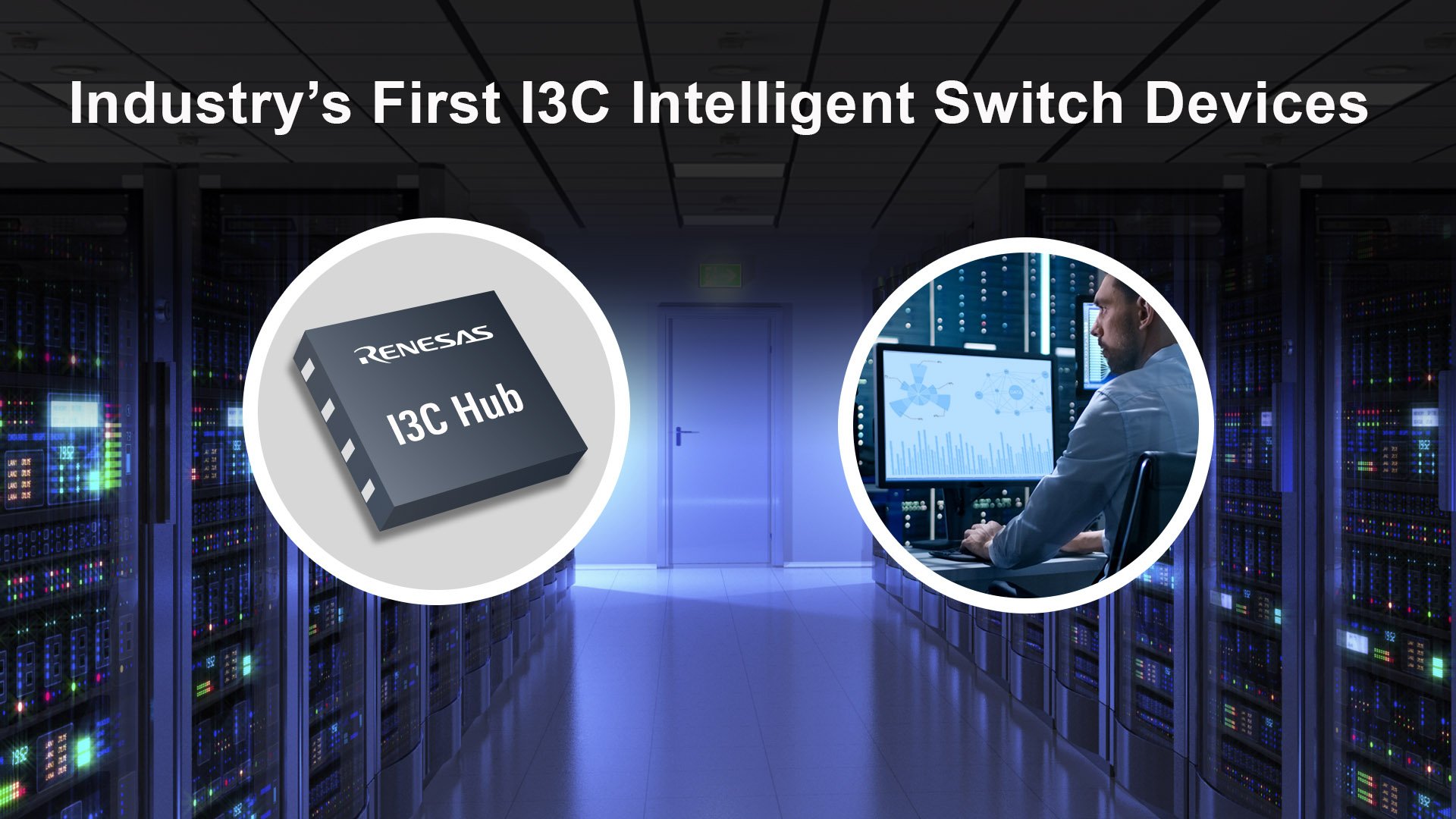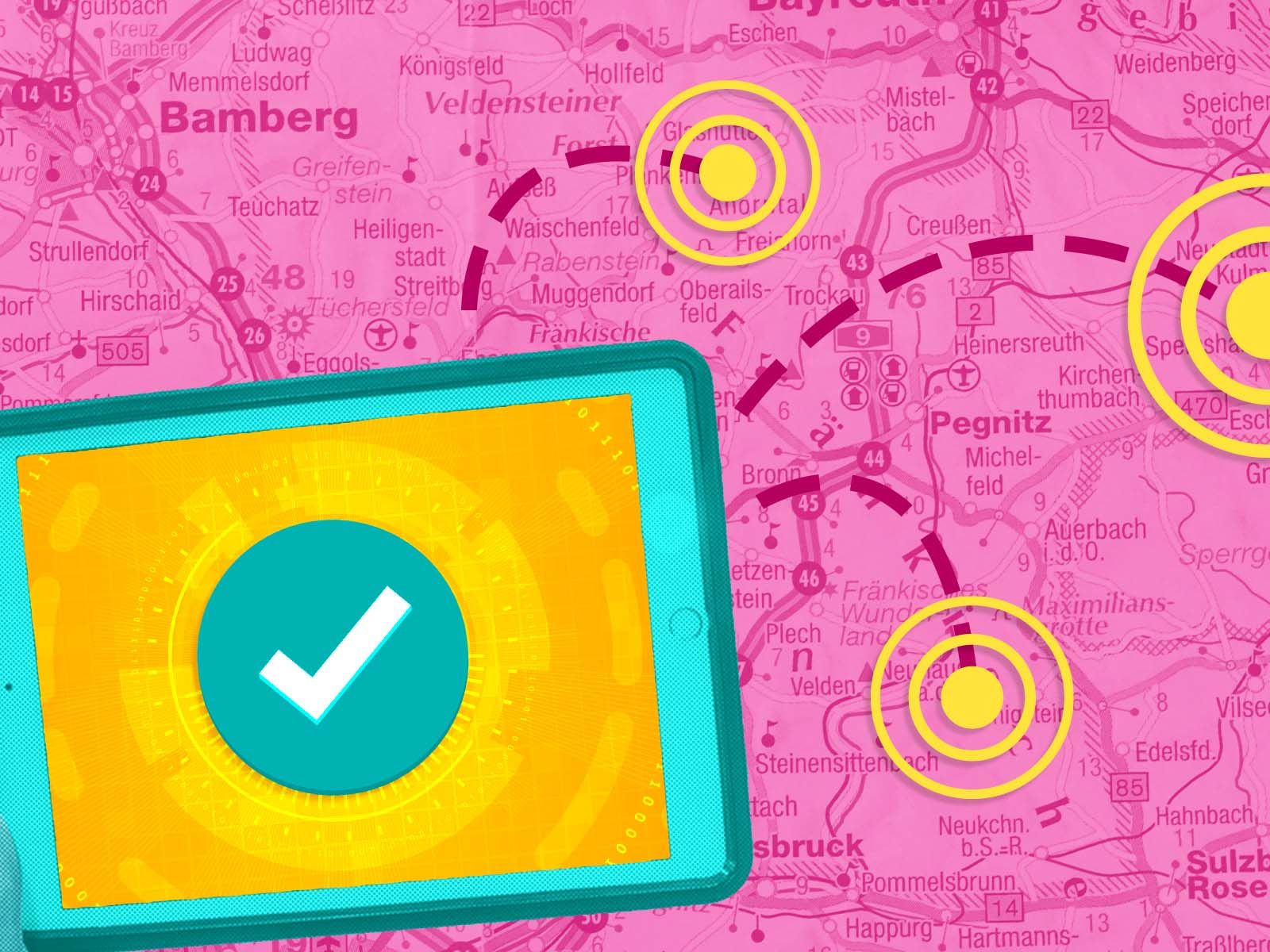Remote IoT Device Management: Examples, Tools & Benefits!
Ever wondered how you can control your entire world with just a few taps on your smartphone? Remote IoT device management isn't just a luxury anymore; it's the backbone of efficient operations and seamless living. As the Internet of Things (IoT) rapidly expands, managing these interconnected devices remotely becomes not just convenient, but absolutely essential for both businesses and individual households.
Envision this scenario: you're relaxing at home, enjoying a quiet evening, when suddenly, your phone buzzes with an alert indicating a problem with one of your crucial IoT devices, maybe a security camera or a vital sensor in your industrial setup. With remote IoT device management, you can diagnose and often fix the issue right then and there, without moving an inch. This capability translates directly into saved time, reduced expenses, and boosted productivity. Before we explore concrete examples, lets establish why remote IoT management is now a pivotal operational strategy.
| Aspect | Details |
|---|---|
| Definition | Remote IoT device management allows for monitoring, configuring, updating, and troubleshooting IoT devices from any location. |
| Benefits | Saves time, reduces costs, improves efficiency, ensures scalability, minimizes downtime. |
| Industries Affected | Agriculture, healthcare, manufacturing, logistics, smart buildings, and smart homes. |
| Key Functions | Device monitoring, configuration, software updates, troubleshooting, security management. |
| Tools and Platforms | IBM Watson IoT Platform, Amazon Web Services (AWS) IoT, Microsoft Azure IoT Hub. |
Remote IoT device management acts as a centralized command center for all your connected gadgets. It empowers you to monitor their performance, adjust settings to optimize their functionality, apply necessary updates to ensure they run smoothly, and troubleshoot any problems that arise, all from a single interface accessible globally. This capability is particularly vital in industries like agriculture, healthcare, and manufacturing, where downtime can incur significant financial losses. Now, lets examine concrete instances where remote IoT device management isnt just useful but revolutionary.
- Kirsten Barlow The Untold Story Of A British Tv Icon
- Unveiling The Best Desi Mms A South Asian Cultural Phenomenon
Remote IoT device management fundamentally represents the ability to govern, observe, and maintain IoT devices from a distance. Think of it as bestowing superpowers upon your devices, enabling them to communicate not just with each other but directly with you, regardless of your geographical location. This often involves implementing software platforms that feature intuitive dashboards, detailed analytics, and real-time alerts designed to keep you constantly informed.
Imagine, for instance, managing a sprawling farm equipped with hundreds of sensors that constantly monitor critical metrics such as soil moisture, air temperature, and humidity levels. Instead of having to manually inspect each sensor daily, a remote IoT management system offers real-time updates and allows you to remotely adjust settings as needed. This efficiency translates directly into optimized resource use and better crop yields.
Breaking it down further, remote IoT management saves time, cuts costs, and significantly improves overall efficiency. In industries where IoT devices are spread across vast areasthink oil rigs or wind farmsremote management can drastically reduce expenses associated with travel and manual labor. More importantly, it ensures that these devices remain operational at all times, reducing costly downtime and keeping processes running smoothly.
- What Is Hdhub4u South Hindi Your Guide More About It
- Julia Stiles Brooklyn From Local Stage To Hollywood Star
Consider also the scalability advantages. As your IoT network expands, remote management facilitates the seamless integration of new devices, all managed through a centralized platform. This scalability is indispensable for businesses planning to grow operations without proportionally increasing overhead costs.
Having outlined the foundational aspects, lets delve into real-world scenarios showcasing the practical application of remote IoT device management. These examples should clarify how this technology is being utilized across diverse sectors to drive innovation and efficiency.
Consider fleet management. For businesses in logistics and transportation, remote IoT management represents a game-changer. Imagine a fleet of delivery trucks fitted with IoT sensors that track location, fuel consumption, and overall vehicle health. Remote management systems enable you to monitor these parameters in real time and use data to optimize routes, reduce fuel costs, and proactively address maintenance issues, all from a central dashboard.
Smart buildings represent another prime example of remote IoT device management in action. These buildings integrate various systems, including lighting, HVAC, security cameras, and access controls, all of which can be managed remotely. This not only improves energy efficiency but also significantly enhances the security and comfort of building occupants.
The allure of a smart home is undeniable. Remote IoT device management puts you in control of everything from your thermostat to your coffee maker, all accessible through a smartphone app. These applications make life more convenient, help save energy, and boost home security:
- Smart Thermostats: Adjust your home's temperature from any location using a mobile app, ensuring optimal comfort and energy conservation.
- Smart Lighting: Remotely control lightsturn them on or off, adjust colors, and set custom schedulesto enhance ambience and security.
- Security Cameras: Monitor your home in real-time and receive instant alerts of any suspicious activity, providing peace of mind wherever you are.
Remote IoT device management offers solutions for industries, from factories to oil rigs, where IoT devices are deployed to monitor equipment health, streamline processes, and minimize downtime. Here are a few examples:
- Predictive Maintenance: Utilize IoT sensors to forecast potential equipment failures, allowing for timely maintenance before breakdowns occur, thereby preventing costly operational disruptions.
- Supply Chain Optimization: Track inventory levels and shipments in real-time to maintain an efficient and responsive supply chain.
- Energy Management: Monitor energy consumption across facilities to identify and rectify inefficiencies, reducing operational costs.
These improvements help businesses save money, improve efficiency, and stay competitive in a rapidly changing market.
Healthcare is also experiencing a dramatic shift with remote IoT device management. With wearable devices and remote monitoring systems, healthcare providers can continuously monitor patients health metrics without requiring frequent clinic visits. Examples include:
- Remote Patient Monitoring: Track vital signs such as heart rate, blood pressure, and glucose levels remotely, allowing for proactive intervention and personalized care.
- Telemedicine: Facilitate virtual consultations and administer treatments based on real-time data collected from IoT devices, expanding healthcare access and convenience.
- Medical Equipment Management: Monitor the status and location of essential medical equipment within hospitals to ensure readiness and availability, minimizing delays in patient care.
These applications improve patient outcomes, reduce healthcare costs, and enhance the overall quality of care.
Remote IoT device management is transforming agriculture, enabling farmers to monitor soil conditions, weather patterns, and crop health directly from their homes. Examples of this include:
- Smart Irrigation: Monitor soil moisture levels using IoT sensors and automatically adjust irrigation schedules to optimize water usage and crop yield.
- Weather Monitoring: Receive real-time weather updates and take preventive measures to protect crops from adverse conditions.
- Crop Health Monitoring: Use IoT devices to detect early signs of disease or pest infestations, enabling timely interventions that save crops and resources.
These systems help farmers increase yields, reduce water usage, and improve sustainability.
Despite its numerous benefits, remote IoT device management presents significant challenges, particularly concerning security and privacy. IoT devices often handle sensitive data, making them attractive targets for cyberattacks. Here are crucial strategies to secure your devices:
- Use Strong Passwords: Secure all IoT devices with robust, unique passwords to prevent unauthorized access.
- Keep Firmware Updated: Regularly update device firmware to patch vulnerabilities and maintain security integrity.
- Encrypt Data: Use encryption to protect data transmitted between devices and the management platform, safeguarding sensitive information from interception.
By diligently implementing these safeguards, users can harness the advantages of remote IoT management without compromising security.
A variety of tools are available for remote IoT device management, each offering distinct features and capabilities. Key tools include:
- IBM Watson IoT Platform: A robust platform with advanced analytics and machine learning, ideal for comprehensive IoT device management.
- Amazon Web Services (AWS) IoT: A scalable, cloud-based service for connecting, managing, and securing IoT devices.
- Microsoft Azure IoT Hub: A comprehensive solution for IoT device management, featuring device provisioning and remote monitoring capabilities.
These tools offer everything needed to efficiently manage IoT devices, from initial setup to ongoing maintenance.
The key advantages of remote IoT device management include:
- Cost Savings: Lower travel and labor expenses through remote device management.
- Improved Efficiency: Streamline processes and reduce downtime with real-time monitoring and predictive maintenance.
- Scalability: Easily integrate new devices into the network and manage them centrally.
- Enhanced Security: Protect devices with features like encryption and firmware updates.
These benefits make remote IoT management indispensable for both businesses and homes.
Looking ahead, remote IoT device management promises even greater advancements. As more devices connect, the demand for effective management solutions will only grow. Future developments in areas such as artificial intelligence, machine learning, and edge computing will enhance the capabilities of IoT management platforms.
Envision a future where devices not only communicate with each other but also learn from these interactions, evolving to become smarter and more autonomous over time. This represents the future trajectory of IoT device management, one that is rapidly approaching.
Remote IoT device management examples are merely the beginning of what this technology can accomplish. From revolutionizing smart homes to transforming industrial operations, the potential applications are limitless. By embracing remote management, users can save time, reduce costs, and enhance efficiency, all while staying ahead in a rapidly evolving technological landscape.
- Discover Why Li Xian Yang Zi Are Cultural Icons Explained
- Guide What If Download In Hindi Vegas Is It Possible

Remote IoT Device Management Everything You Need to Know

Device Management Platform IoT Examples Best Solutions 2024

Your Guide to Remote IoT Device Management IoT For All